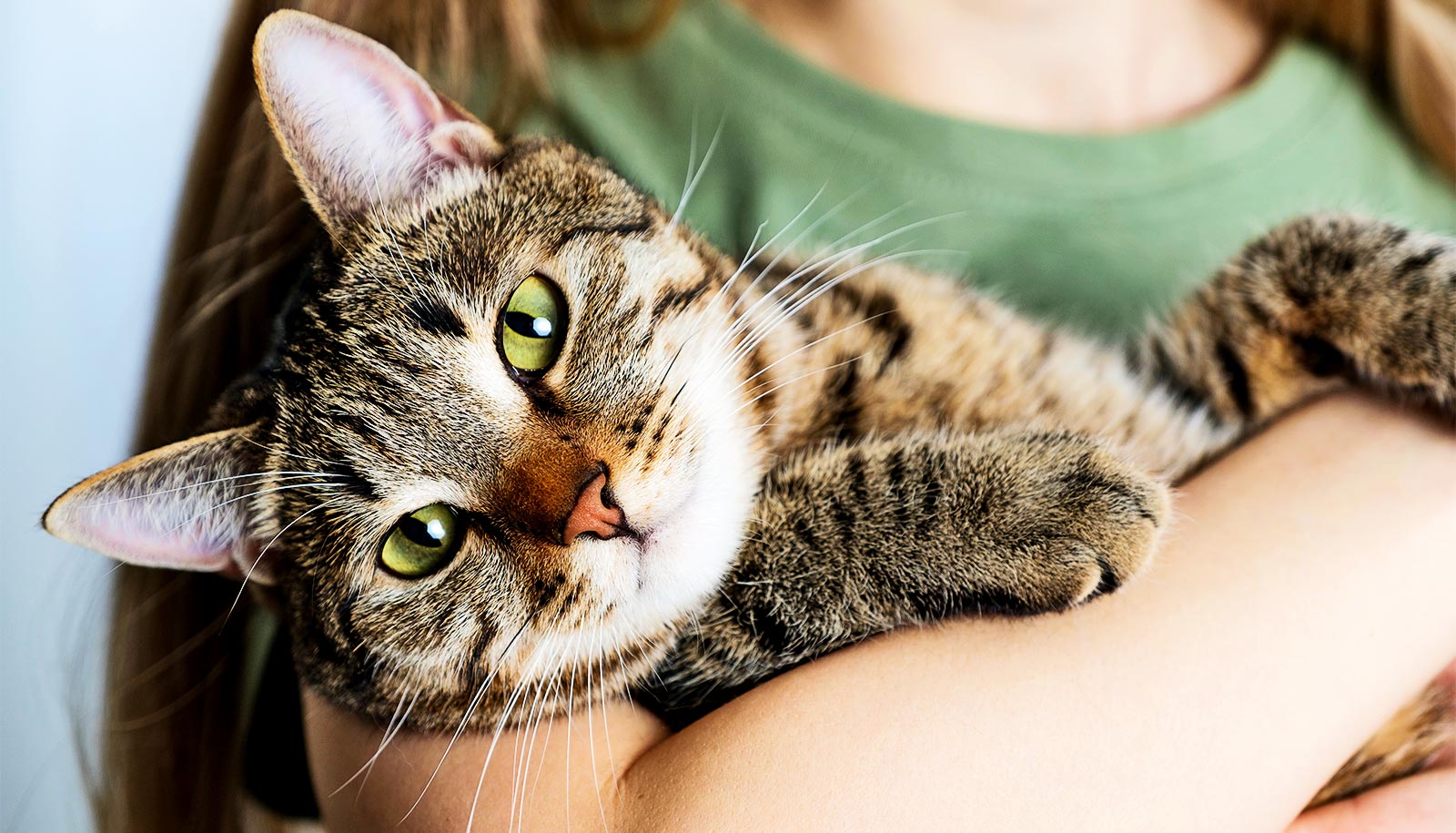An expert has tips for you to help your cat breathe easy with feline asthma.
Spring is often described as a time of renewal and beauty, with flowers blooming and trees budding. However, spring flowers and budding trees also cause higher pollen counts, and for those with asthma, higher pollen counts can bring a greater risk of an asthma attack.
Fortunately for our feline friends, asthma attacks in cats are not as common as they are in humans, although cats who have the condition will still require a proper diagnosis and treatment plan to manage their condition.
Audrey Cook, a professor at the Texas A&M University School of Veterinary Medicine & Biomedical Sciences, explores how owners can monitor their cats for signs of asthma so that they may seek veterinary care early, helping to improve their cat’s quality of life and reduce the frequency of asthma attacks.
Diagnosing feline asthma
Feline asthma is a chronic respiratory condition characterized by inflammation and narrowing of the airways, leading to difficulty in breathing that makes daily activities difficult to accomplish.
“Most cats are young adults—between 3 and 4 years old—when diagnosed with asthma, but it can affect cats of any age,” Cook says. “Cats with asthma tend to be limited in their ability to play and climb, as they can become short of breath and exertion makes them feel worse. Affected cats may even hide or isolate themselves.”
Cook points out that wheezing is often a strong indication of asthma, but there are also other signs that can be used to help make a diagnosis.
Owners can help further reduce the risk of asthma attacks and improve their cat’s overall respiratory health by keeping them away from allergens and irritants.
“Signs include increased breathing effort and rate, breathing with an open mouth, and coughing,” Cook says. “Because most of the signs are less specific, testing is needed to confirm a diagnosis.”
Other conditions can mimic asthma symptoms, which is why a formal diagnosis by a veterinarian is necessary to determine the true underlying cause. This ensures that the cat receives the most appropriate treatment.
“Those signs are not specific to asthma and can also be seen in cats with respiratory infections, heartworm disease, heart failure, or cancer,” Cook says. “All of these conditions are serious, so it is very important to seek veterinary care quickly for any cat that experiences changes in breathing patterns.”
How to manage asthma in your cat
If a cat has been diagnosed with asthma, its veterinarian will prescribe medication to manage the condition. Without proper management, asthma symptoms can worsen over time and lead to serious complications, such as respiratory failure.
“The mainstay of therapy is glucocorticoids, a type of steroid that reduces the underlying airway inflammation,” Cook says. “These may be given by injection or by mouth during acute episodes, but we prefer to use inhaled steroids for long-term control as these have less side effects.
“Although it does not address inflammation and should not be used as a sole therapy, bronchodilators—a type of medication that relaxes the muscles in the airways—can provide short-term improvements in breathing and reduce coughing,” Cook continues. “These also can be given by injection, mouth, or inhaler.”
After determining the best medication for managing your cat’s asthma, a veterinarian can show you how to administer their treatment.
Regular veterinary check-ups also are helpful to ensure a cat’s asthma condition is properly managed, allowing veterinarians to monitor their respiratory health, assess the effectiveness of current treatments, and make any necessary adjustments to the treatment plan.
Additionally, owners can help further reduce the risk of asthma attacks and improve their cat’s overall respiratory health by keeping them away from allergens and irritants.
“We don’t fully understand what drives asthma in cats, but it is clear that environmental allergens (pollens or other pets) and irritants (cigarette smoke, air fresheners, or litter dust) can make things worse,” Cook explains. “Trying to limit a cat’s exposure to things that can exacerbate airway inflammation is very important.”
Despite the challenges it presents, many cats with asthma can lead happy and comfortable lives with the help of proper management and a little extra care from their owners.
Source: Texas A&M University



